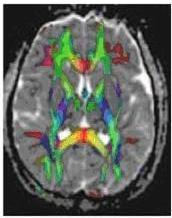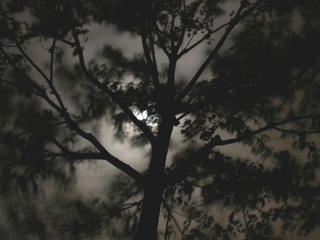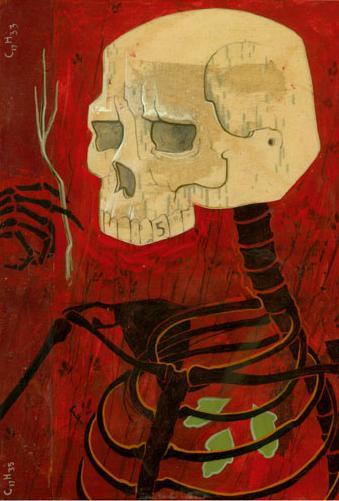
The brain does some wonderful things. It lets you see colors, it processes time and space, it organizes your motions, and it often remembers your name. All important and necessary functions in the world of today, and all with their own unique characteristics that help make our experience as humans so vivid. Science and psychology has sought to ask many questions about how the brain does these things, and in the process has answered many important questions and bettered many lives. Take Parkinson’s Disease, a complex brain disorder ameliorated by the use of L-DOPA, or surgical cures for epilepsy, over 75% effective in alleviating debilitating seizures. Or even new Alzheimer’s drugs which may stem the ebb of memory loss occurring in that affliction. One of the major tools for investigating brain diseases and brain functions is the functional magnetic resonance image scanner (fMRI for short). An fMRI scanner is a large, loud magnetic device that allows researchers to peer inside the living brain and look at what lights up inside during complex and vital functions.
Or, sometimes, not-so complex or vital functions. Since the scanner requires a subject to lay flat and relatively motionless during the scan, there are some definite physical constraints on what sorts of real-life behaviors you can look at. Outside of that, you can look at the brain doing any number of oddball activities. Since scanners usually have headphones and a TV screen (or a projection of one) inside the scanner, scientists can show you anything from Monet to pictures of butternut squash, and provide a soundtrack, no less. A number of recent studies have taken to the weirder possibilities of brain science. Steven Quartz and his team at CalTech sought to look for the “neural correlates of cool” by showing subjects inside the scanner pictures of 140 different products and celebrities; Quartz then classified subjects into High Cool (trendsetters), High Uncool (critics), and Low Cool (losers), based upon their biological responses to those pictures—not their actual vocal responses. Evidently, there’s no hiding behind your secret Lawrence Welk obsession; the scanner sees all.
If that’s not weird enough for you, then how about a study of male ejaculation? Researchers in the
And, for those less inclined to participate in a sex act within large supermagnetic scientific devices, there are more passive tasks. Like watching a movie. Scientists at  ot without its carefully analyzed results: the data showed that different brains showed the same response to the same scenes in the movie. When Tuco assembled his new gun and carefully used his fingers to test the revolver’s cylinder, everyone in the study showed the same activity in brain regions responsible for hand movements; a comforting notion that perhaps we are more alike than we know.
ot without its carefully analyzed results: the data showed that different brains showed the same response to the same scenes in the movie. When Tuco assembled his new gun and carefully used his fingers to test the revolver’s cylinder, everyone in the study showed the same activity in brain regions responsible for hand movements; a comforting notion that perhaps we are more alike than we know.
Interesting results from a scientific premise that might have seemed more like a Blockbuster night than a report worthy of the journal Science. Which brings to mind an interesting point: what do these studies mean? How do we interpret them? Scientists argue that knowing the individual variations in response to pictures and movies, helps to aid in the proper diagnosis and treatment of certain visual brain disorders, and even how well those diagnoses can be generalized. The Dutch study mentioned above even claims important implications for the growing (apologies) industry of male sexual function. However the most common—and perhaps most valid—justification for these studies may be the same thing these scientists tell their grant committees; that this information can be helpful to understanding the brain as a whole and that any task, no matter how weird, may give us a better picture of what’s happening inside.



